Rulog Blog In South America
CULTURE IN BRAZIL
Christ the Redeemer (statue)
Christ The Redeemer (Portuguese: Cristo Redentor, standard Brazilian Portuguese: [ˈkɾistu ʁedẽˈtoʁ]) is an Art Deco statue of Jesus Christ in Rio de Janeiro, Brazil, created by French sculptor Paul Landowski and built by Brazilian engineer Heitor da Silva Costa, in collaboration with French engineer Albert Caquot. Romanian sculptor Gheorghe Leonida sculpted the face. Constructed between 1922 and 1931, the statue is 30 metres (98 ft) high, excluding its 8-metre (26 ft) pedestal. The arms stretch 28 metres (92 ft) wide.It is made of reinforced concrete and soapstone.Christ The Redeemer differs considerably from its original design, as the initial plan was a large Christ with a globe in one hand and a cross in the other. Although the project organisers originally accepted the design, it later changed to the statue of today, with the arms spread out wide.
The statue weighs 635 metric tons (625 long, 700 short tons), and is located at the peak of the 700-metre (2,300 ft) Corcovado mountain in the Tijuca National Park overlooking the city of Rio de Janeiro. This statue is the largest Art Deco style sculpture in the world.A symbol of Christianity around the world, the statue has also become a cultural icon of both Rio de Janeiro and Brazil and was voted one of the New Seven Wonders of the World.
Portuguese colony
Fast forward to the 16th-century, Pedro Álvares Cabral arrived under the sponsorship of the Kingdom of Portugal at the city we today call Salvador in Bahia State. The date was April 22, 1500.
For four centuries, Brazil was a Portuguese colony. During that time– and a few more years after independence– the Indigenous Brazilians were subjugated to the worst treatment and forced to build the country and convert to Catholicism, the predominant religion in Portugal back then.
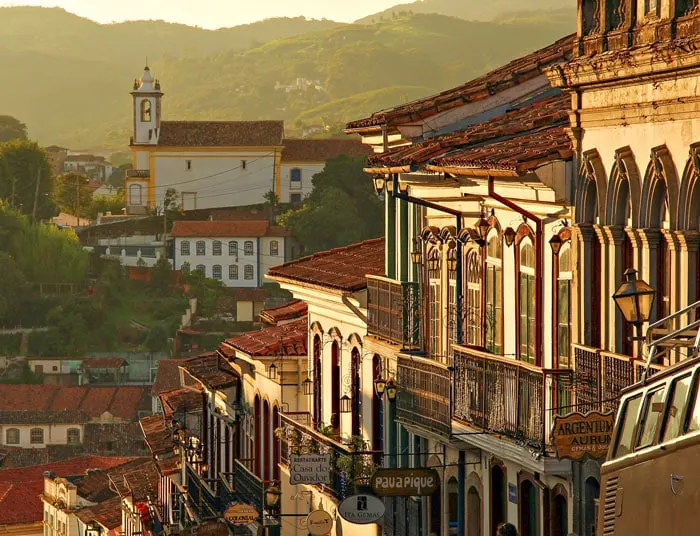
Because that land was covered in jungle, it was challenging to chase locals, so the crown sent para-military adventurers called bandeirantes to search more slaves and eventually for gold.
Famous Traditions And Customs Of Brazil.
New Year’s Celebrations.
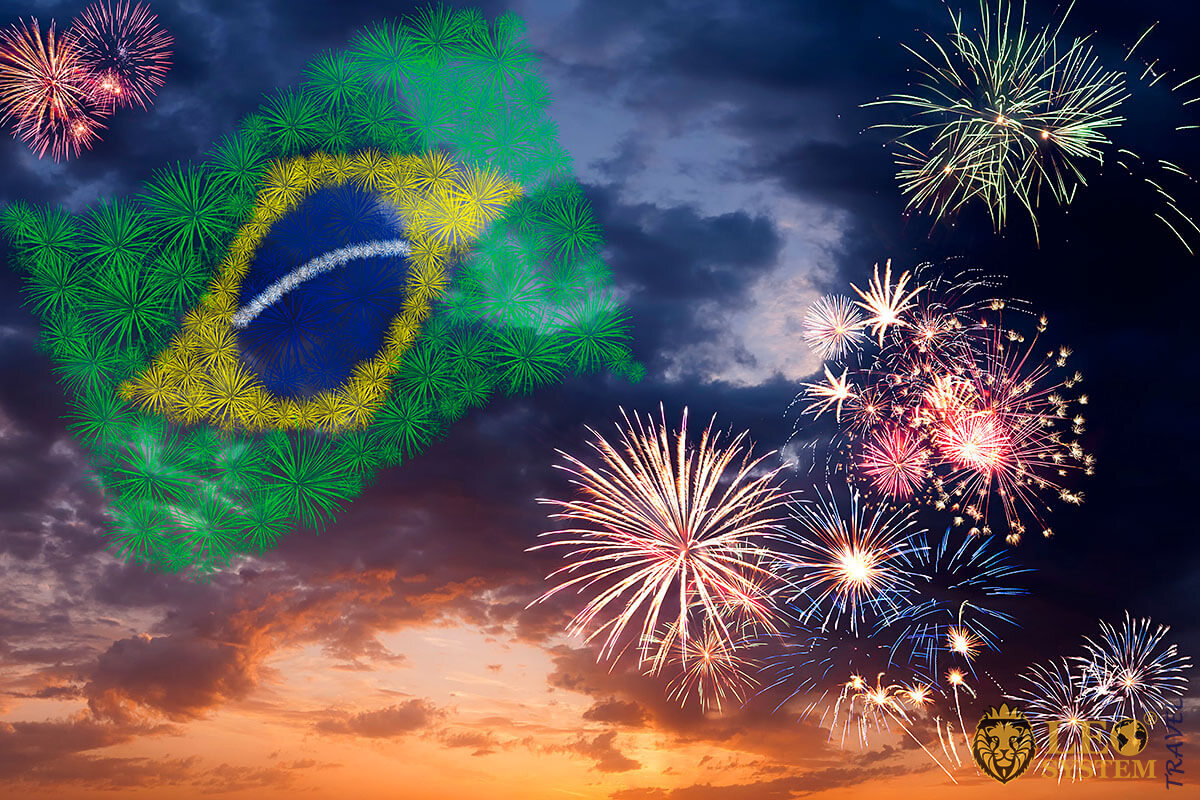
No other country celebrates New Year like Brazil. Special buffet lunches are arranged at almost every famous restaurant on the 31st of December. Midnight fireworks are organized at the beaches and the entire city gathers at one place to witness the fireworks at 12 midnight. People who follow the religion Candomble wear all-white attire on this day.
This is the Afro-Brazilian religion; the official religion of Brazil. Some people wear accessories in red to bring good luck in the following year for love, and yellow accessories for money.
Feijoada
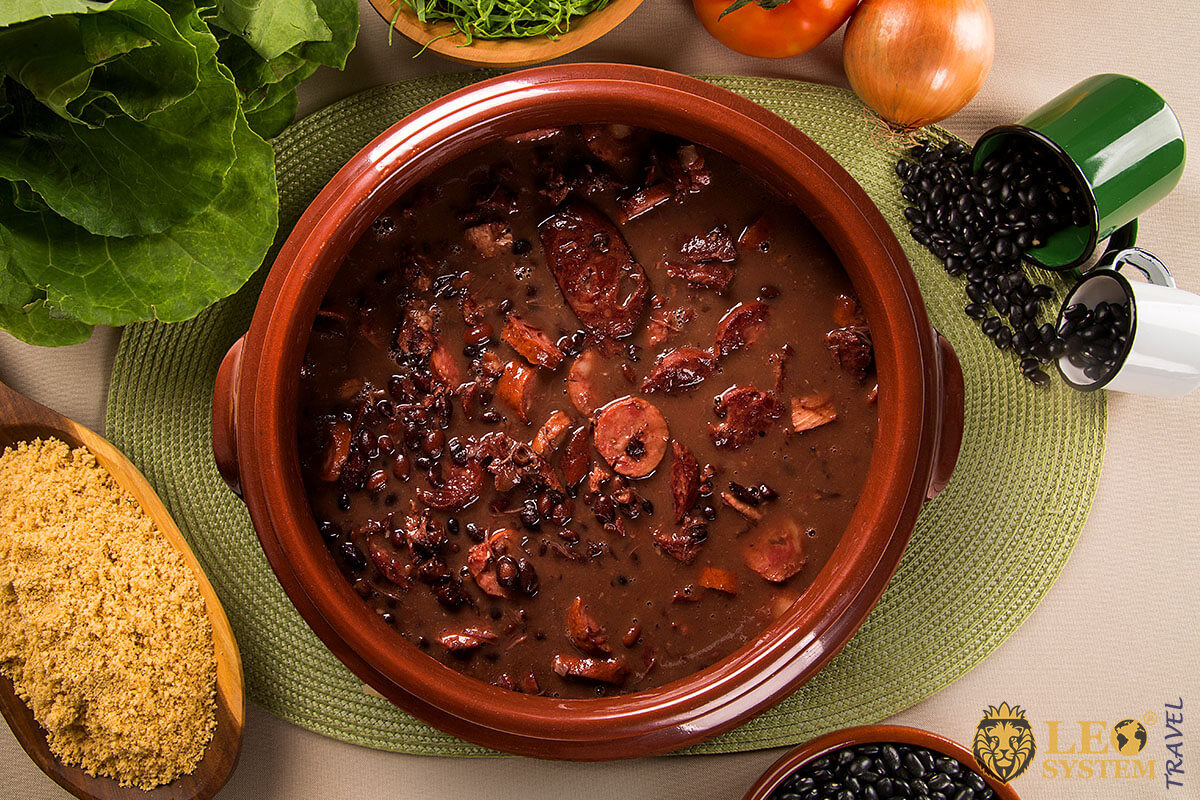
This tradition is followed on every Wednesday in which every restaurant makes sure it has Feijoada served on their menu. This is a traditional dish of Brazil, and it’s delicious and heavy. Comprised of black beans and dried meat and served with rice and sausages, it’s often called the national dish of Brazil.
It has many variations and is also known as Black Bean Stew. It is also sometimes served with collard greens and kale or onion slices. Because of its nutritious value, it is one of the most popular dishes in the country.
The Folklore Festival
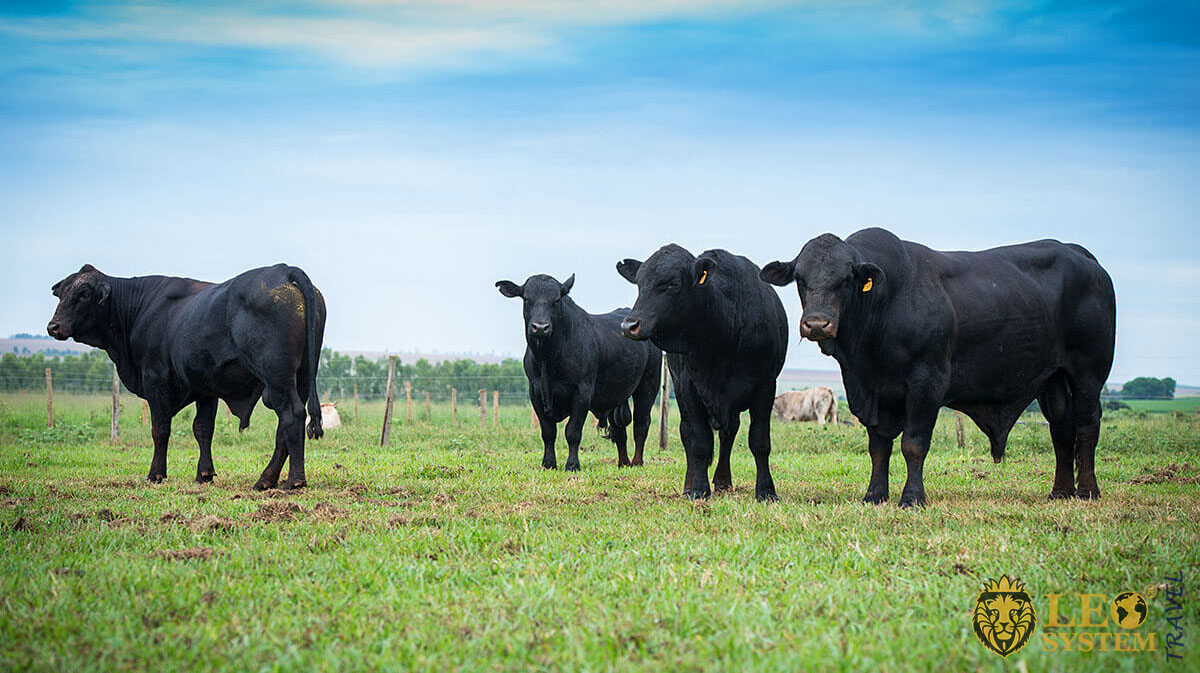
Also known as the Parintins or Boi Bumba festival in local language, it can be safely pronounced as Brazil’s largest annual festival. A resurrected ox is the major attraction of this event, and many teams participate to retell the story. They try to be more impressive than the others to make it interesting for the spectators.
The festival lasts for three days, and it is held in June every year. The dance performances reflect not only the true Brazilian, but also the indigenous and other local cultures.
Samba Dancing.
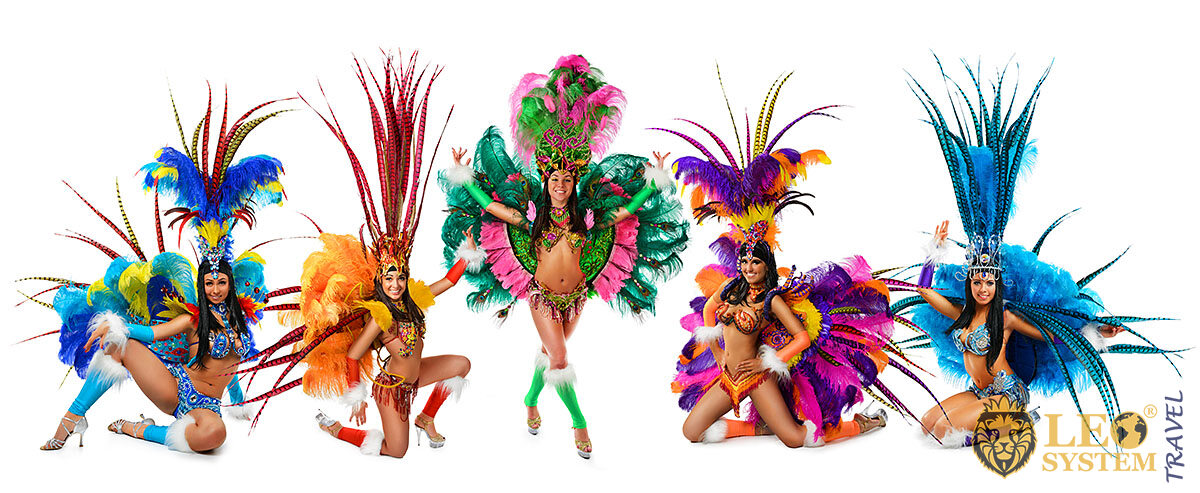
Brazilian folk dance, known as Samba, is an important element of the culture in Brazil. Not only will you witness it at all major events like parades and festivals, but also find it being taught at some schools. It is both a genre of music and a type of dance, and it dates back to the 17th century.
People wear special costumes to perform this dance on events. Samba dancing is now considered part of Brazilian people’s identity, and they take pride in being able to perform it.
BELIEFS
Non-Christian Religions
Others believe in anything different than Catholic and Protestant theology, except missionary and Pentecostal churches. Jewish, Islam, Buddhists, Jehovah's Witnesses, Shinto, Rastafarian, Candomble, and Umbanda are examples of non-Christian faiths in Brazil.
In Brazil, for instance, Buddhism is a prophesied religion. This one (Buddhism) is the main stakeholder of the State's minority religion. The Japanese-Brazilian culture is noted for its Buddhist beliefs. Other faiths on the docket include Judaism, which primarily chronicles the story of Jews in Brazil, Hinduism, as well as Afro-Brazilian religions like Candomblé, Umbanda, and Spiritism
Catholic Church In Brazil
When European settlers came to Brazil, they brought Catholicism with them in order to 'civilize' the locals. Pedro Alvares Cabral, a Portuguese navigator often regarded as the first European to arrive in Brazil.
They constructed churches and recruited religious leaders into the nation to preach the ideas of Catholicism to both the young and elderly. Catholicism became Brazil's official religion during the nineteenth century. As a result, the government gave Catholic priests a salary and included them in the country's political activities. As a result, Catholicism has become an important aspect of Brazil's governance and administration. Several of the holidays in Brazil are centered on the Catholic faith.


.webp)
Comments
Post a Comment